
The Last Stand of the Aztecs
By saveoursoilcompostco

02 Apr, 2024
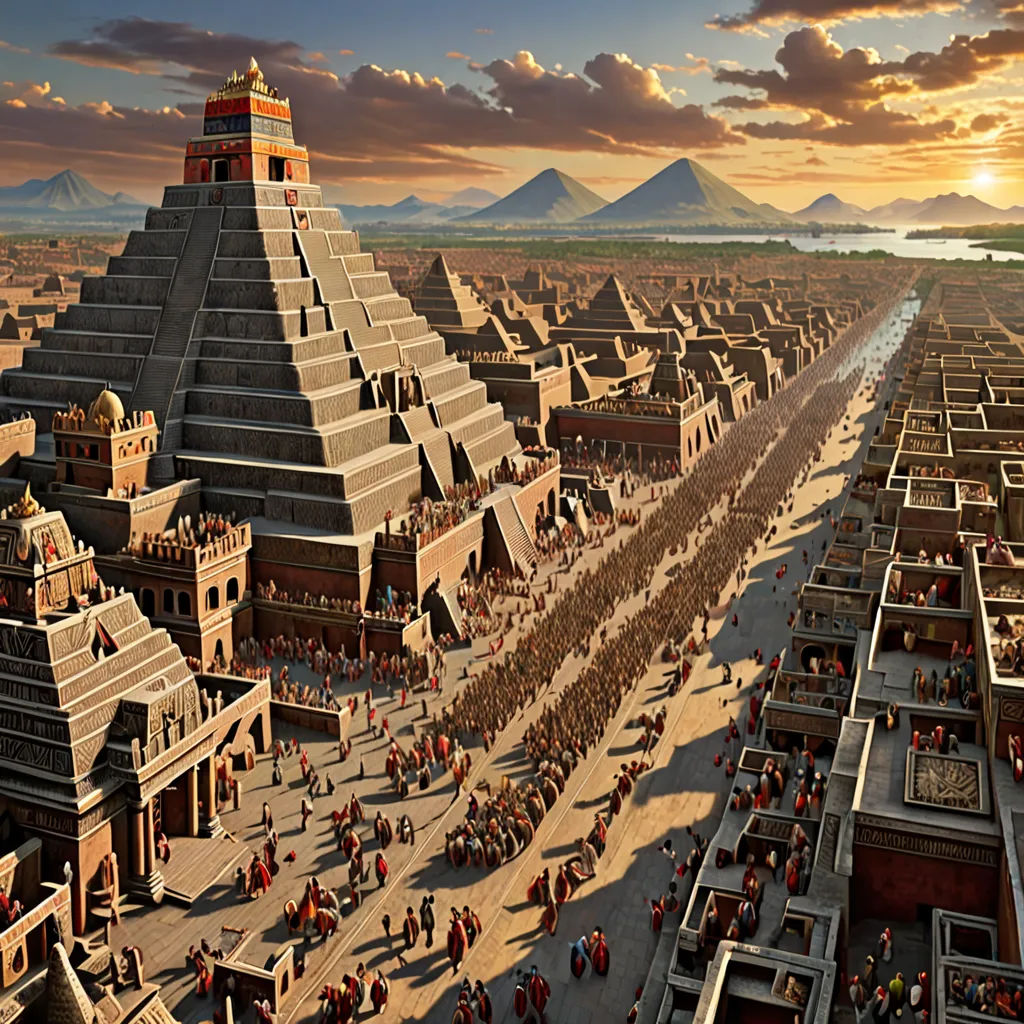
In the 14th century, the Aztecs emerged as a powerful civilization, establishing their capital city, Tenochtitlan, on an island in Lake Texcoco.
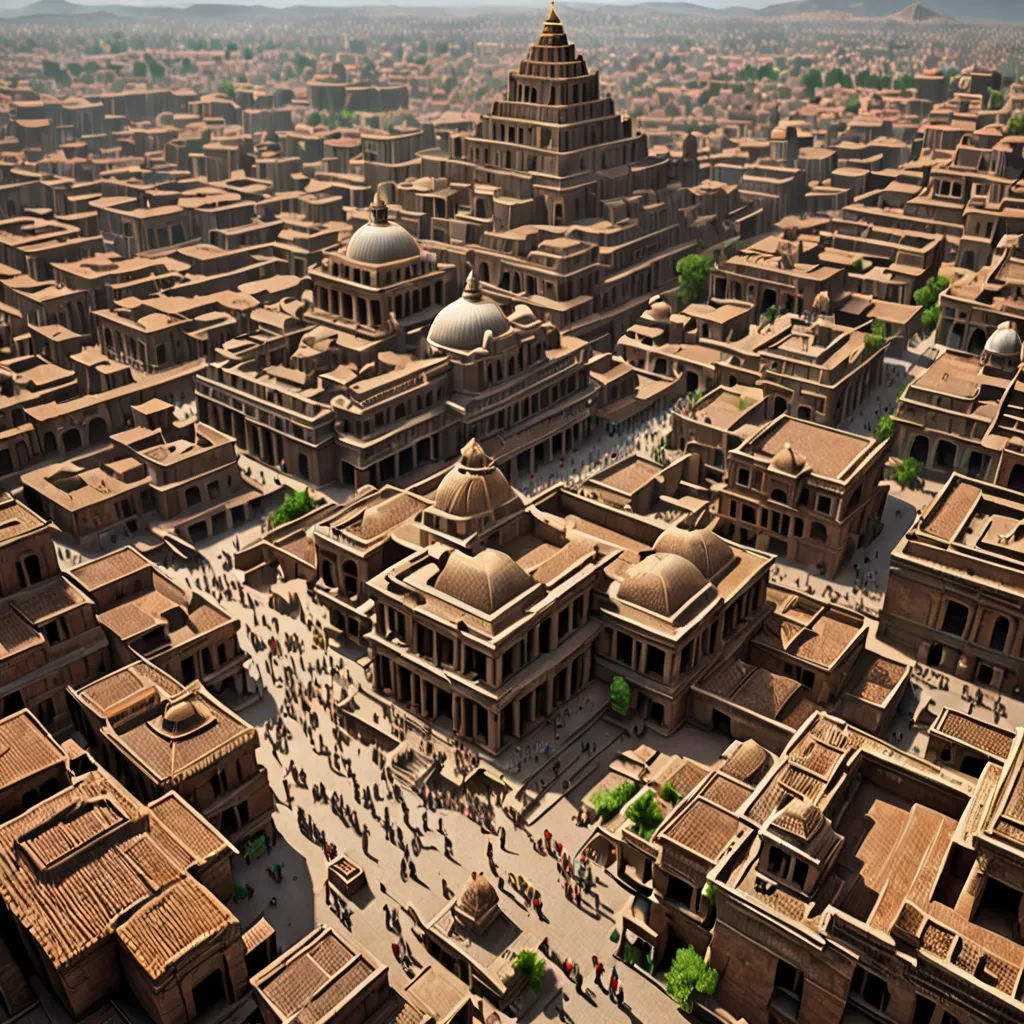
They developed a complex social structure and an effective agricultural system, which led to their rapid expansion.
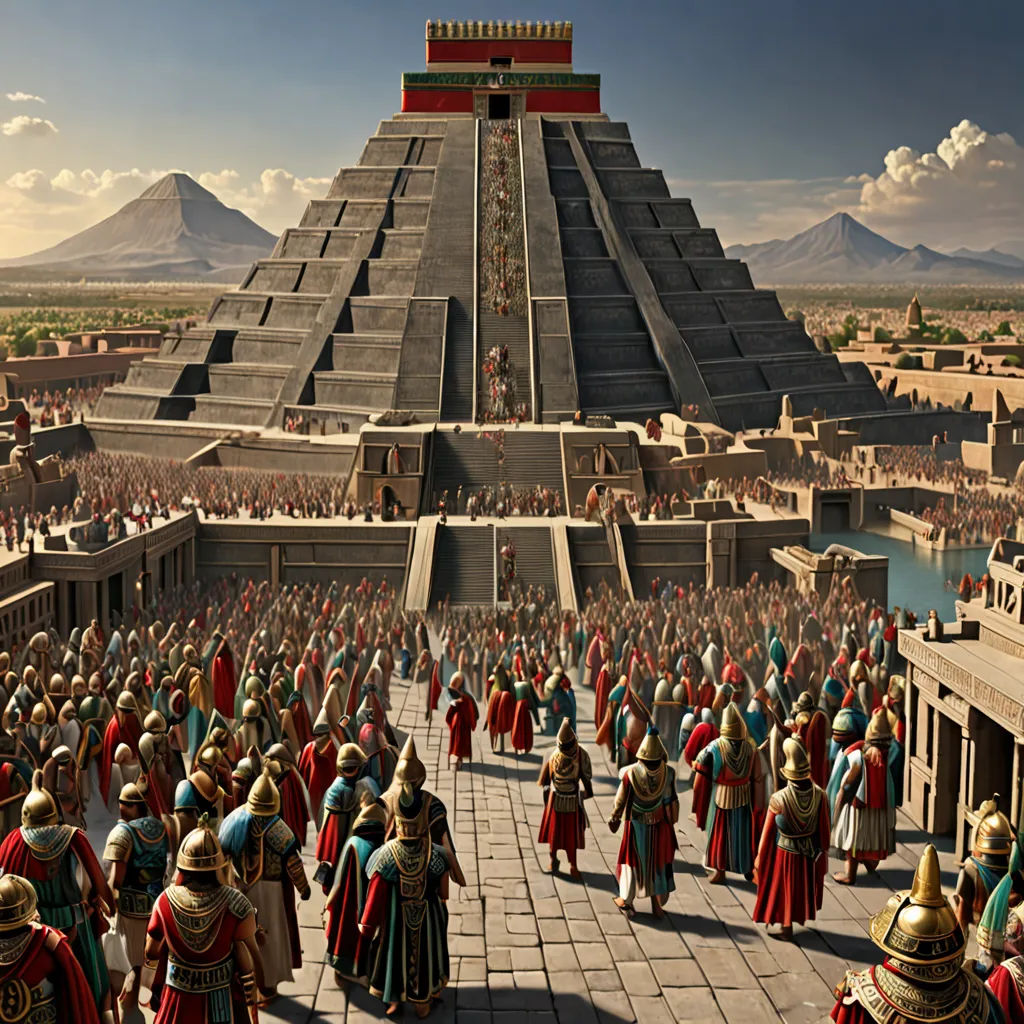
The Aztec empire was ruled by a succession of leaders, who expanded the empire's territories and influence.

Despite their military prowess and technological advancements, the Aztecs were also deeply religious, practicing human sacrifices to appease their gods.

In 1519, Spanish conquistadors led by Hernan Cortes arrived in Mexico, seeking gold and glory.
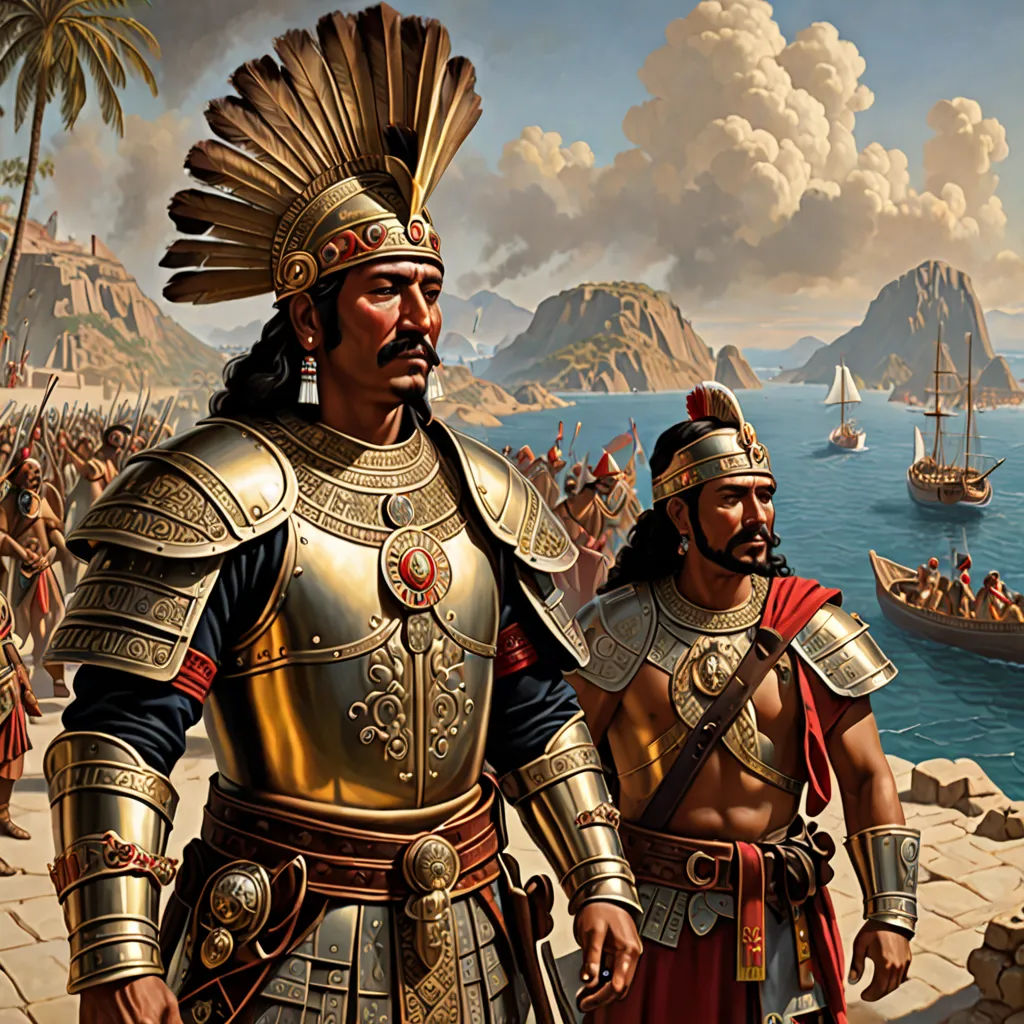
Initially, the Aztec ruler Montezuma II believed Cortes to be a god and welcomed him. But the relationship soon soured.

Cortes and his men seized Montezuma II, attempting to control the empire through him. This led to an uprising among the Aztecs.

In the ensuing conflict, Montezuma was killed, and the Spanish were temporarily driven out of the city.
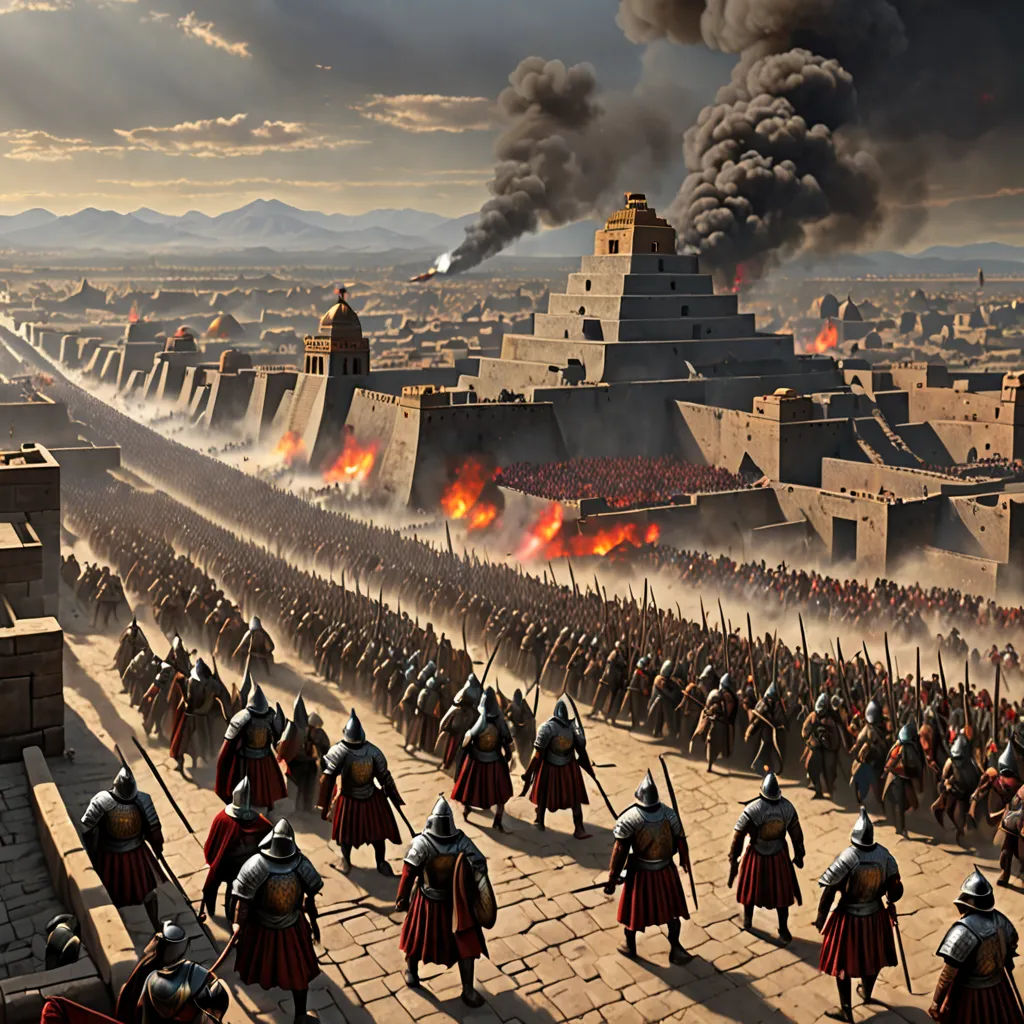
Cortes returned with a larger force and laid siege to Tenochtitlan, cutting off food and water supplies.

The once mighty Aztec empire was brought to its knees, its people decimated by war and disease brought by the Spanish.

In 1521, Tenochtitlan fell to the Spanish, marking the end of the Aztec Empire.
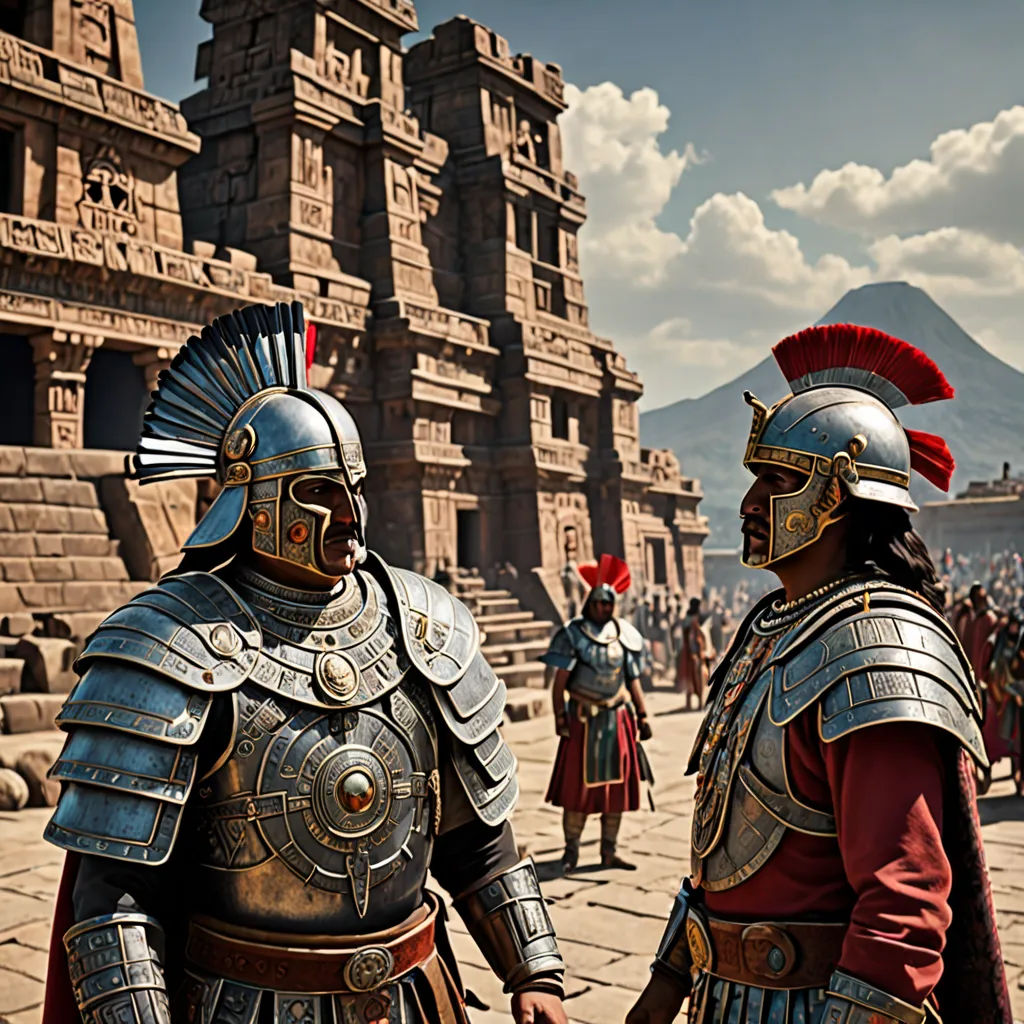
The legacy of the Aztecs, however, lives on in their impressive architectural feats, complex societal structures, and rich cultural heritage.